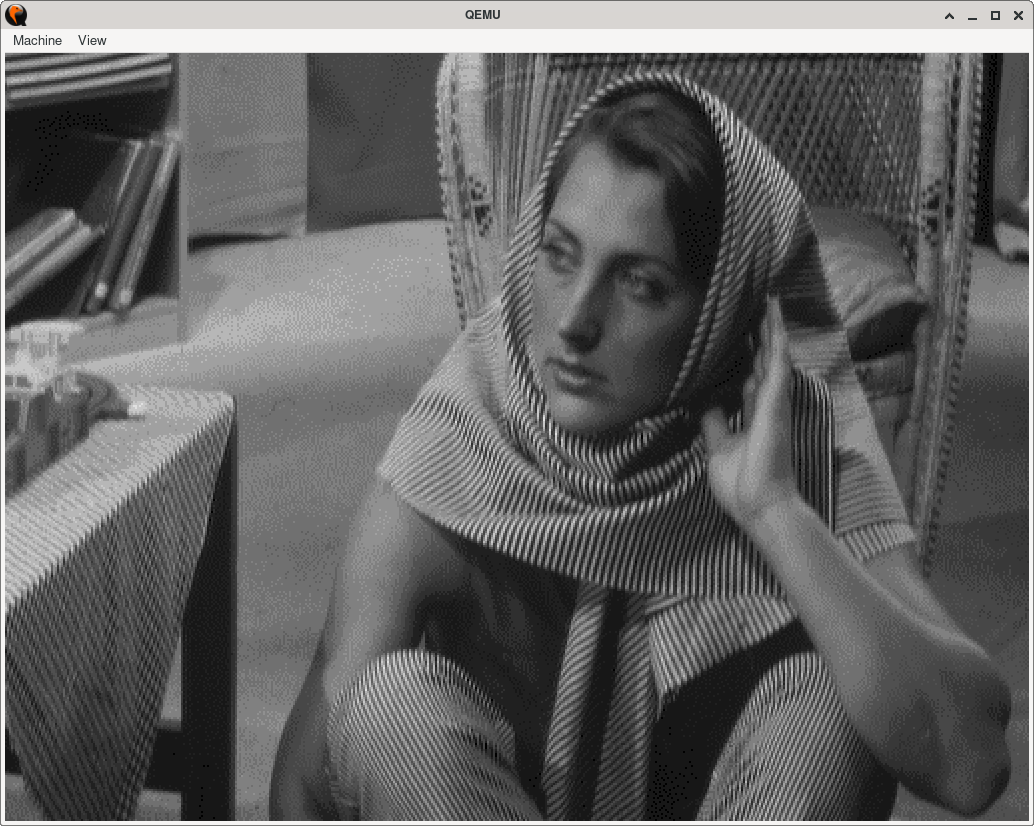Main project page: https://github.com/akkartik/mu
Before:

After:

Main project page: https://github.com/akkartik/mu
Before:

After:

Unicode blocks now supported: latin, greek, cyrillic, armenian, hebrew, arabic, syriac, thaana, n'ko, indian (ISCII), sinhala, thai, lao, tibetan, myanmar, georgian (< U+1100)
Caveats:

https://archive.org/details/akkartik-mu-2021-08-15 (video; 5 minutes; includes instructions to try it out)
A lot gets said about simplicity in software, about essential vs accidental complexity. If you really want a simple stack that empowers everyone, it isn't enough to just eliminate accidental complexity (even if we could all agree on what it is). You need to also avoid other people's essential complexity.
Main project page: https://github.com/akkartik/mu
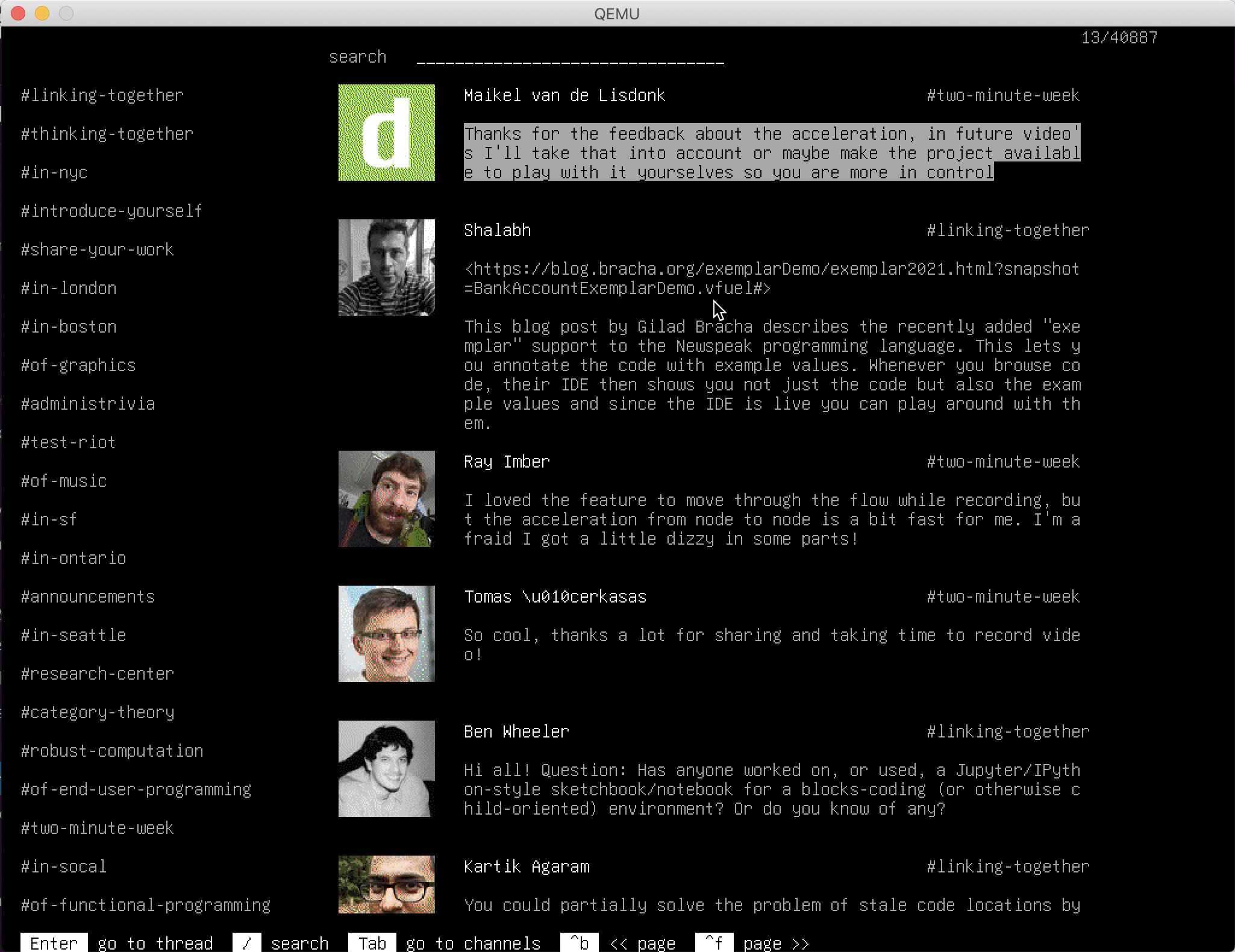
It's instantaneous.
Running emulated on Qemu. Without any acceleration.
Timothy Roscoe, "It's Time for Operating Systems to Rediscover Hardware"
My next step maybe: assemble hardware. Some candidate specs:
No BIOS/UEFI/Linux/mobile.
Maybe an MNT Reform?
I worry about debugging flow. But Mu had the same problem at the start.
The Mu computer has only 256 colors by default, but approximates arbitrary RGB combinations using dithering.
https://archive.org/details/akkartik-mu-2021-07-30 (video; 9 minutes)
Main project page: https://github.com/akkartik/mu
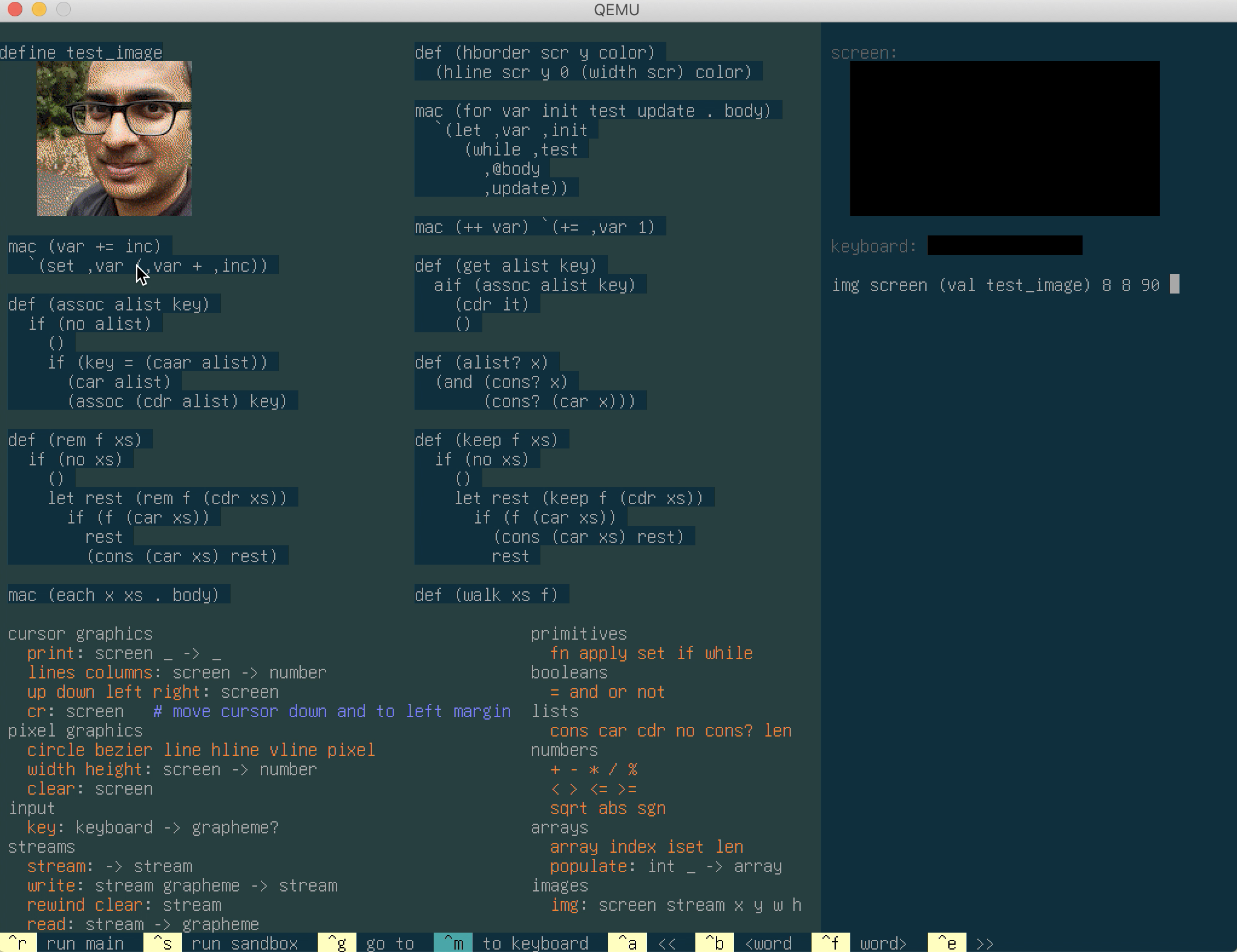
Testimonial from 4 year old: this is the best program you've made.
Source: http://akkartik.github.io/mu/html/apps/color-game.mu.html
Main project page: https://github.com/akkartik/mu
https://en.wikipedia.org/wiki/Two%27s_complement#Most_negative_number
The reason it came up: it's the result of trying to convert a floating-point Infinity or NaN to an integer.
https://c9x.me/x86/html/file_module_x86_id_61.html
Here is a before/after pair of images. Before has 256x256x256 colors. After has 256 colors.
Before:
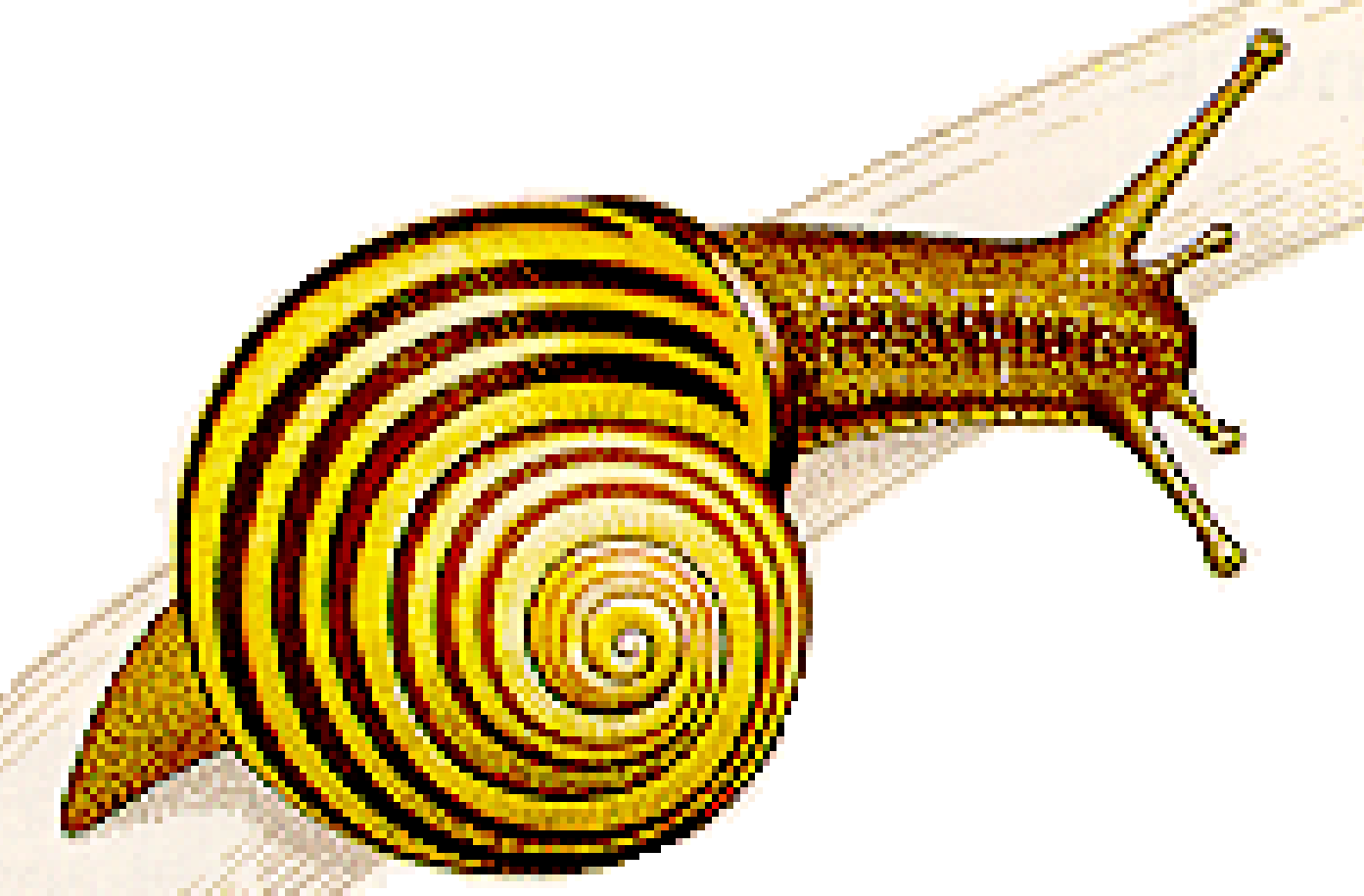
After:
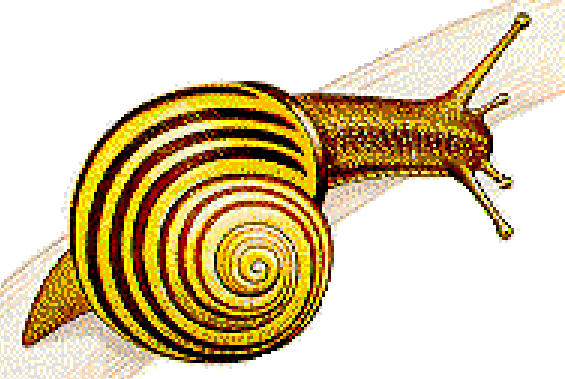
Notice all the yellow pixels in the first image that turn into alternating greens and oranges in the second. Also, the stem looks very different. But overall, it looks gratifyingly similar to the original. My eyes took a while before they started to notice differences.
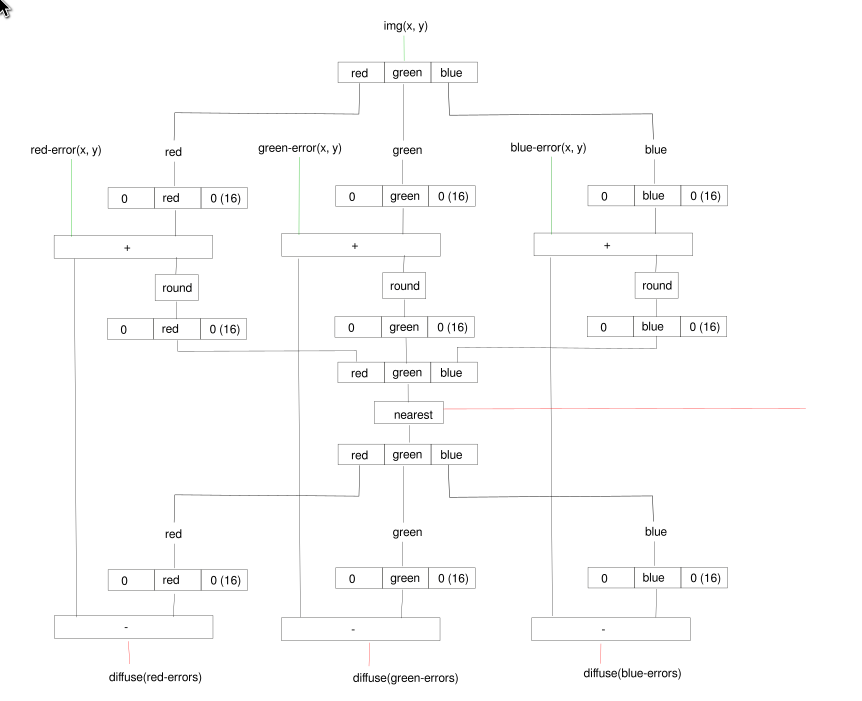
Before:

After:
